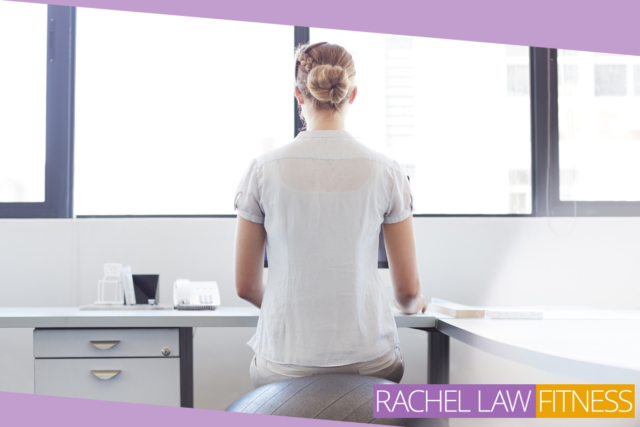Have you noticed a deterioration in your pelvic floor function since the beginning of the pandemic?
I have been super grateful for my job during the past two years through the pandemic. I’ve spent much of my time outside, had lots of interaction with people, and importantly my job keeps me MOVING.
Working from home has caused a bunch of health problems due to lower levels of physical activity and increased amounts of time sitting.
I was talking to a client just last week who had seen improvements in her Pelvic Floor function over the past few months while she had been on a work sabbatical and starting twice-weekly PT sessions. On returning to her desk-based job she noticed her PF didn’t feel so strong when running.
We discussed how this could be related to her increased amounts of time sitting.
The Pelvic Floor
The pelvic floor is a layer of muscle that spans the bottom of the pelvis and supports the pelvic organs. Well-functioning pelvic floor muscles help with bladder and bowel control. The PF muscles work together with other core muscle groups like the diaphragm, abdominals, and spinal muscles.
Good posture strengthens core muscles, giving space to breathe and positioning everything to exactly where it needs to be for optimal core and pelvic floor health.
Sitting slouched over a desk can lead to imbalances in any one of the core muscle groups:
- The Transverse Abdominal muscles – the ones that live deep within your lower abdomen – are not being worked
- Breathing suffers as you cannot take deep breaths
- The diaphragm is not able to move up and down as it would when taking a deep belly breath.
- This inhibits the natural movement of the pelvic floor muscles and puts more pressure on them. They are activated far less than when moving or standing, and can become stiff and weak, impacting bladder and bowel control, and causing pelvic pain.
Pelvic position
One of the biggest culprits of poor posture is an anterior pelvic tilt APT, when the pelvis tips more down than forwards, or rotates forwards. It is partly anatomical and partly poor habit. The clear indicators of problematic anterior pelvic tilt are quadriceps and low-back dominance, trouble activating the glutes, stiff and overactive hip flexors, and weak abdominal muscles.
Tight hip flexors pull the pelvis down, while glutes and hamstrings are too weak to counteract that forward pulling.
Meanwhile, inside the pelvis, the muscles and ligaments of the pelvic floor are not experiencing a full range of motion, leaving them tight and weak, which can lead to incontinence.
How can I help myself and strengthen my pelvic floor?
MOVE OFTEN!!
- Avoid sitting or standing in the same position for more than 30 minutes at a time.
- Aim to get up and move or switch positions every half hour or so to keep those muscles active.
- Learn to sit and stand with good posture to ensure that you’re helping your pelvic floor perform optimally and efficiently.
- Strengthen the Core Musculature
- Avoid wearing high heels
Learn to connect with your PF. Extending, stretching, and contracting all have to happen for the pelvic floor to stay in shape and do its job.
Learn to relax the glutes and pelvic floor muscles. Clenching your glutes while standing for long periods of time can make them weaker. This, in turn, makes it harder for your pelvic floor to engage. Clenching your glutes will often make you clench your pelvic floor as well, leading to hypertonic pelvic floor, making it ineffective at dealing with stresses, such as bladder control.
If you have noticed pelvic floor issues, and you would like some one-to-one advice for your personal situation, please click here and send me a message

Rachel Law is a personal fitness trainer based in New Malden, Surrey. Qualifications: ActivIQ Level 3 Personal Training; Burrell Education Pregnancy Exercise Prescription; Burrell Education Advanced Pregnancy Wellness Practitioner; Burrell Education Advanced Post Natal Exercise Prescription; Burrell Education 3rd Age Women Optimal Health and Nutrition; Burrell Education Peri Natal Athlete; Burrell Education Pelvic Flow and Freedom; Olympic Weight Lifting; Premier Global Kettlebells; FIE Level Assessment and Mentoring



